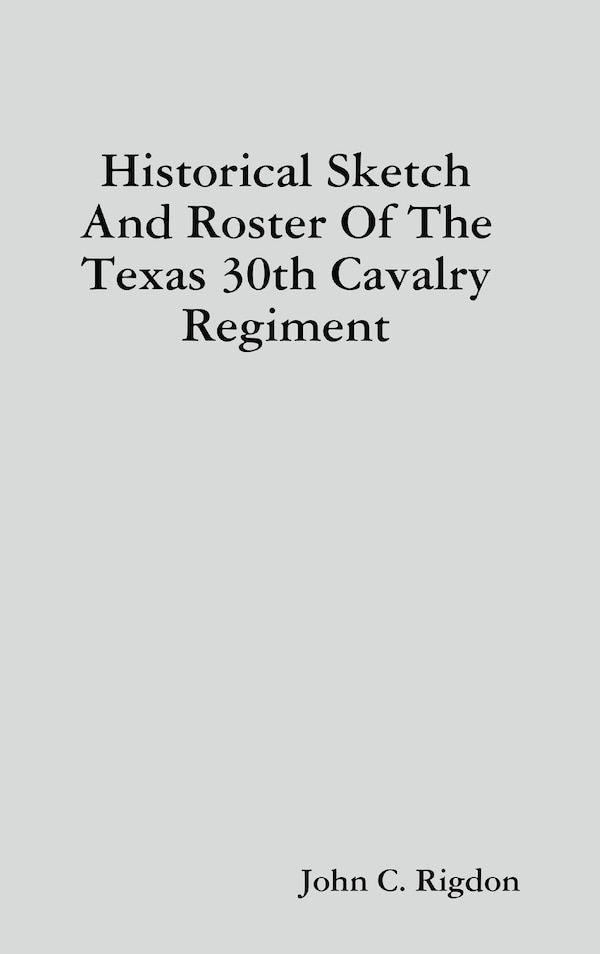Home
Last Cavalry Regiment by George A Stewart, Paperback | Indigo Chapters
Loading Inventory...
Indigo
Last Cavalry Regiment by George A Stewart, Paperback | Indigo Chapters
From George A Stewart
Current price: $60.51


Indigo
Last Cavalry Regiment by George A Stewart, Paperback | Indigo Chapters
From George A Stewart
Current price: $60.51
Loading Inventory...
Size: 0.14 x 9.69 x 0.3
*Product information may vary - to confirm product availability, pricing, shipping and return information please contact Indigo
In the years since Operation Desert Storm, there has been a significant restructuring of the United States Army that has had an enormous impact on the structure of the cavalry at brigade level and above. It began by ensuring the existence of a cavalry organization at every echelon of the Army from battalion to corps, then stripped them from all organizations higher than brigade. The end result was the addition of a cavalry squadron at the brigade level, at the expense of the divisional cavalry squadron, which no longer exists. Concurrently, the Army retained only one of its three active Armored Cavalry Regiments (ACRs), and not a single one of its National Guard ACRs. The continued existence of the one remaining ACR (3d ACR) is still uncertain as the Army failed to address the organization in all of its major transformation documents. It thus begs the question, is the ACR still relevant? Given the desire of the government of the United States to achieve quick victories with fewer troops through rapid dominance as demonstrated in Operation Iraqi Freedom I, do the capabilities of the armored cavalry regiment fit into this paradigm given a future potential adversary? Using the hypothetical example of a conflict with Iran, it is reasonable to assume that the United States will attempt to once again use rapid dominance to achieve its goals quickly with as few troops as possible. Analyzing the mission and the threat the enemy will pose, there is the identified need for a ground unit that will operate independently in front of the attacking corps in order to allow the corps and division commanders to preserve their combat power until the decisive place and time. Additionally, that corps commander will need an independent unit to operate over hundreds of kilometers in order to defeat the rear area threat. Our doctrine identifies the ACR as this type of unit, as its structure and doctrine is ideally suited to act as a covering force at the front or flanks of a corps and to | Last Cavalry Regiment by George A Stewart, Paperback | Indigo Chapters














